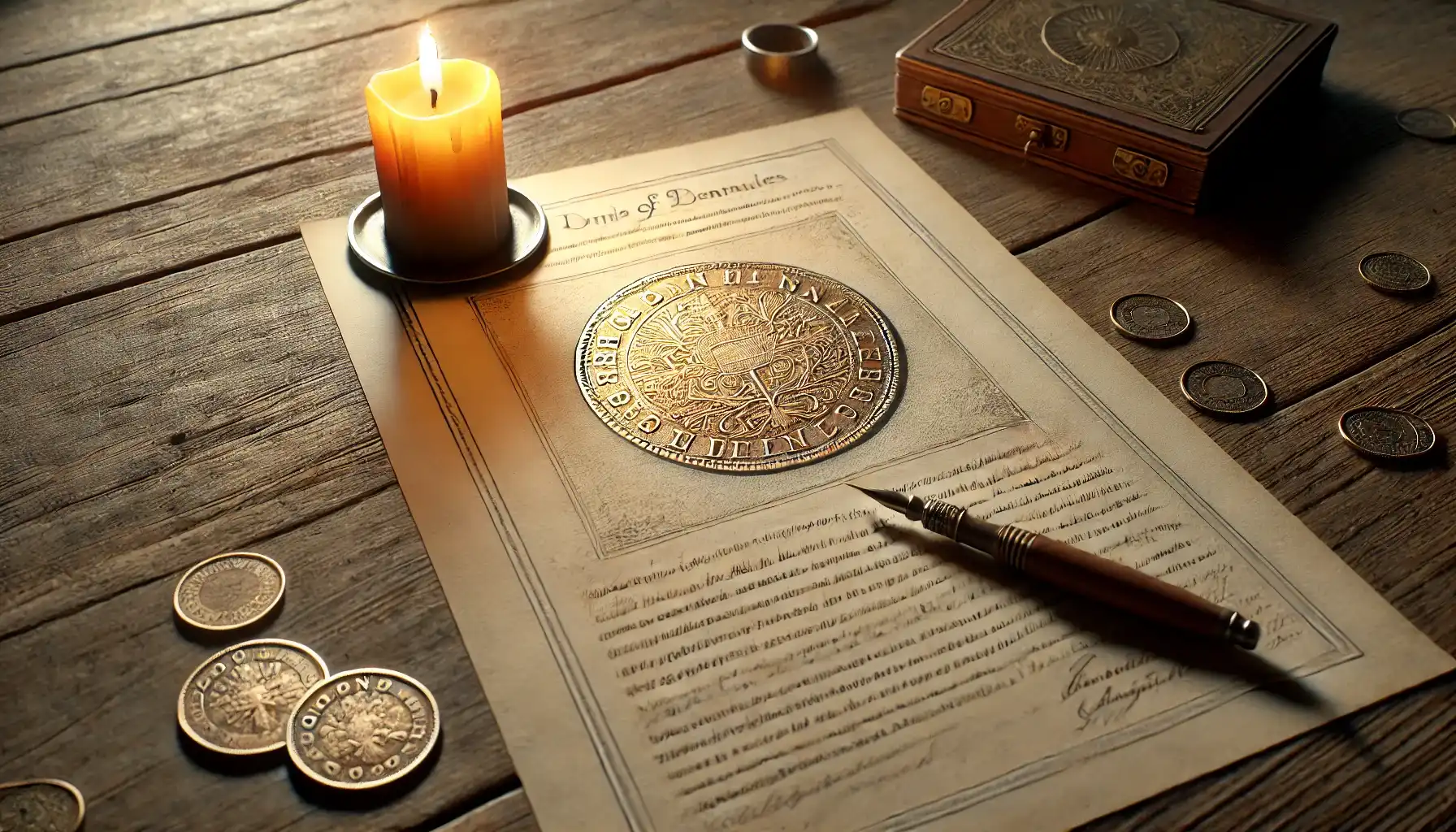Working with rare products is an art that requires a delicate balance between creativity and strategy. A narrow market is like a 1981 quarter value, which can vary by condition, rarity, and demand. While mass-market products easily find millions of customers, niche products require a deep understanding of the audience and creating a value proposition that cannot be ignored. That is why today we would like to talk about how to properly promote rare goods, from researching the target audience to using modern technologies and retaining loyal customers.
Audience Research: Who Are These People and What Are They Looking For?
Working in a narrow market starts with a clear understanding of the target audience. In a narrow market, products are sold not to millions, but to hundreds or thousands of people who have specific needs and desires. To successfully promote a rare product, you need to understand as accurately as possible who your customer is. Niche products, such as rare coins or art, appeal to a certain category of people – collectors, historians, or just passionate hobbyists but they all have different motivations.
According to Statista, 45% of rare goods buyers make a purchase only after they are convinced of its authenticity, and 65% if the product tells a unique story. So, to effectively target this segment, you need to go through their interests, needs, and behaviors.
Tips for audience research:
- Conduct surveys: Create a questionnaire with questions about the preferences and expectations of potential customers. For example, ask questions about what product features are most important to them.
- Analyze social networks: Study comments and discussions in thematic communities. For coins, these might be collector groups or numismatist forums.
- Ethnographic research: Sometimes it is enough just to observe the audience at thematic events, exhibitions or specialized groups. For example, at a coin exhibition, you can see what attracts the attention of visitors the most – the history of the object or its appearance.
For example, imagine you are selling rare coins. Analysis shows that the most interest is in unusual coins with history or unusual minting errors. In this case, you can focus on promoting coins with a unique history, such as the 1937 Buffalo Nickel with three legs.
Tip: Use tools like Google Trends or SEMrush to research the popularity of search queries related to your product. If you sell rare coins, try analyzing queries like “1981 coin value” or “where to buy a rare coin.”

Unique Value Proposition and Storytelling
How to Develop a Strong Value Proposition?
The value proposition is the backbone of all marketing. Statistics prove it: if you believe it, customers who see a clear value proposition within the first 10 seconds are 20% more likely to make a purchase. For niche products, a unique value proposition must be not just original but also incredibly precise in order to touch the main motivations of the audience.
First, the proposition should answer the question: why should a customer choose your product over an analog. For example, if you sell rare coins, emphasize their history or exceptional preservation. Second, add an emotional aspect to the description. People are more likely to buy rare items out of a desire to stand out, touch history, or have a unique experience.
Tip: Test your proposition for simplicity. Ask a few people what they understood from your description. If your sentence sounds unclear or too dry, rework it.
Why Stories Work?
People love stories, as due to them you can establish an emotional connection between the product and the customer. Simply describing the features of a product works much worse than telling how it came to be or what it stands for.
Imagine a rare 1937 coin with a minting error. Instead of simply narrating that the price of the coin depends on its rarity and unusual origin, tell its story. For example, you might do it as follows: “In 1937, when the world was recovering from the Great Depression, one of the workers at the mint accidentally created a unique coin that depicts a bison with three legs. It turned out that it was all because of the broken die and the fourth leg of the animal was simply not imprinted. Surprisingly, sometimes things with flaws and imperfections can be valued much more than similar perfect specimens.
Tip: Use not only text, but also visual elements. For example, short videos or “before and after” photos of the restoration of a rare item will help to enhance the effect.

Technology to Help Marketing
In the digital age, promoting rare goods has become easier, but competition has also increased. Technological tools can help not only find new customers, but also retain existing ones.
For example, the Coin ID Scanner app allows collectors to quickly scan and identify coins, learn their value and verify authenticity. This simplifies the process for first-time collectors and increases trust in sellers.
How Technology Help with Marketing
According to Hootsuite, more than 60% of buyers prefer companies that use modern technology to improve the user experience. So, in the table below, you may take a look at technologies that improve the customer journey in rare goods marketing.
| Customer journey stage | Technology example | How does it help at this stage | Result |
| Attracting attention | Social media (Instagram, TikTok) | Demonstration of rare goods through quality photos and videos | Increased reach and interest in the product |
| Product research | Online applications (Coin ID Scanner) | Providing accurate information about rare items, their features, prices | Increased customer confidence and simplified choice |
| Comparing options | Sites with reviews and ratings | Ensuring transparency through user reviews and independent evaluations | Customers make faster decisions based on the experience of others |
| Making a purchase | Payment systems (PayPal, Stripe) | Convenient and secure payment methods | Increased conversion rates due to easy payment process |
| Post-sale service | CRM-systems (HubSpot, Salesforce) | Post-purchase customer support, personalized recommendations | Build loyalty and increase the likelihood of repeat purchase |
| Repeat purchases | Email newsletters and push notifications | Reminders about new products or discounts | Increase average check through regular customer interactions |
Tip: Utilizing technology at every stage of the customer journey helps companies not only increase sales but also form strong and lasting customer relationships.
Going to the Top
Niche markets require skill, attention to detail and the courage to experiment, as this is a sphere for people who are willing to listen to the customer, use innovation, and tell stories that mesmerize. So let your rare products find their unique customers, and here technology and creativity be your constant allies.